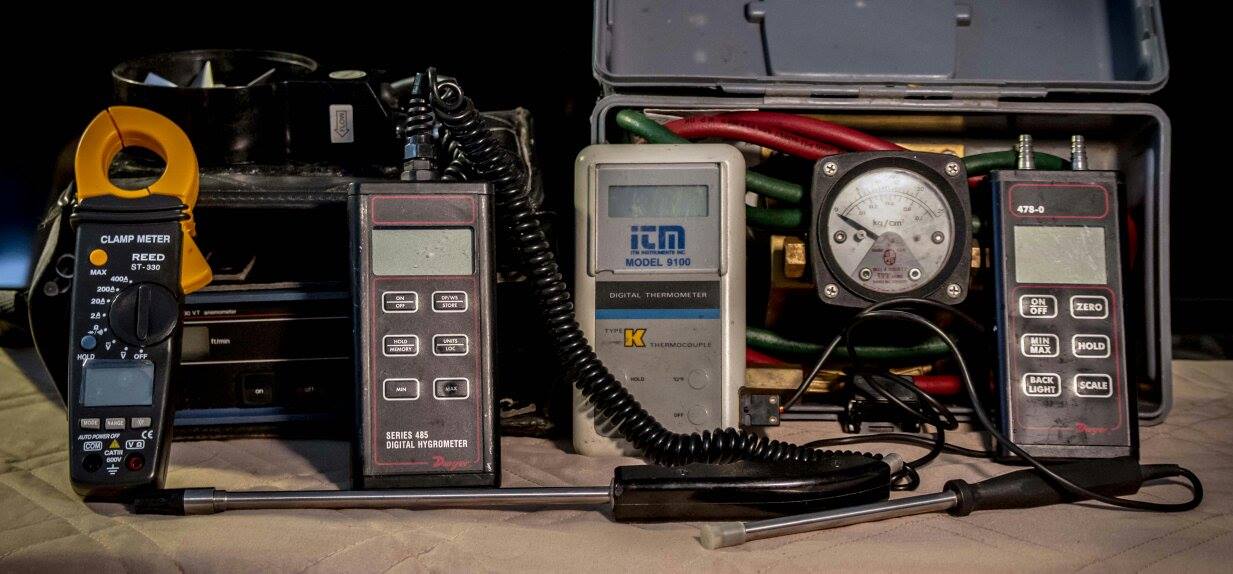Oral presentation of this page. Click here.
Explain Building Electric

Explain building electric speaks to how are buildings powered and facility electrical.
Building wiring describes how electricity is transferred to a building: from source, to substation and to the building for distribution.
Electrical Building Supply From Source:
Electric power transmission also referred to as high voltage electric transmission is the transfer of electric power from hydroelectric, nuclear or coal fired sources. There is also some transfer of low voltage power from wind, geothermal and other renewable energies to substations.
High voltage transmission networks are known as power grids or the “grid”. North America has three major grids, The Western Interconnect, The Eastern Interconnect and The Electric Reliability Council of Texas.
Power transmission for the most part uses 3 phase alternating current (AC) and the electricity is transmitted at very high voltages of 110 kV and greater which reduces the energy lost in transmission.
Power is for the most part transmitted using overhead power lines although sometimes underground power transmission is used. The underground transmission is more costly and has technical operations but is sometimes required for specific purposes.
Explain Building Electric Storage
Since it is very difficult to store electricity it is of great importance that supply and demand exist in a balanced state. If the grid becomes too unbalanced it can result in catastrophic shut down of generating sources. Due to this consideration many major into redundant networks which can distribute the load in case of emergency.
As stated most power generation is 3 phase but there is a separate from source single phase AC used for railway electric systems and when power is required to be transmitted very long distances. Usually greater than 400 miles (600 km) requires that single phase transmission be used.
Explain Building Electric Supply To Substation:
Electricity distribution to the substation occurs before the electricity is delivered to the end users or facilities of all kinds. This electricity is considered as medium voltage systems which is 50 kV lines or lower transmitted to power lines, electrical substations, pole mounted transformers, low voltage wiring (less than 1 kV) and to electrical meters.
Explain Building Electric Supply To Facility:
The primary circuit is that which leaves the substation and the secondary circuit is that which the customer uses.
The primary circuit is 3 phase which is provided with a ground which protects people and equipments if there is an electric short. The amperage is literally directed to the ground where it is absorbed and dissipated.
Distribution voltages vary depending on the customer’s need. Delivered voltage is usually obtained using stock transformers, and either the voltage difference between phase and neutral or the voltage difference from phase to phase.
There are two kinds of 3 phase power available Wye or Delta. In North and South America the Wye power is usually used and may be recognized when the power line has four wires and one is insulated.
Also in North and South America it is common that a single phase 220 V or 230 V residential and light industrial service is provided. In our homes the 220V single phase is used for our dryers and stoves.
There are a few substations per area which supply the 220 V or 230 V power as a hot wire and neutral is connected to the building from one phase of the three phase service.
In the U.S. and parts of Canada and South America, split phase service is the most common. Split phase provides both 120 V and 240 V service with only three wires. Split phase has substations that provide intermediate voltage.
The house voltages are provided by neighborhood transformers that lower the voltage of a phase of the distributed three-phase. The neutral is directly connected to the three-phase neutral.
Socket voltages are only 120 V, but 240 V is available for heavy appliances because the two phases oppose each other.
Virtually all power in North America is supplied at 60 Hz frequency.
Outside of North America 50 Hz is used as it is associated with 230 V wall sockets.
This is the reason that electronic devices designed for North America cannot be used elsewhere in the world or they will be damaged.
Explain building electric end.
Return from explain building electric supply to homepage.
Hard copy and E book for sale. Introduction to Building Mechanical Systems. Click here.


